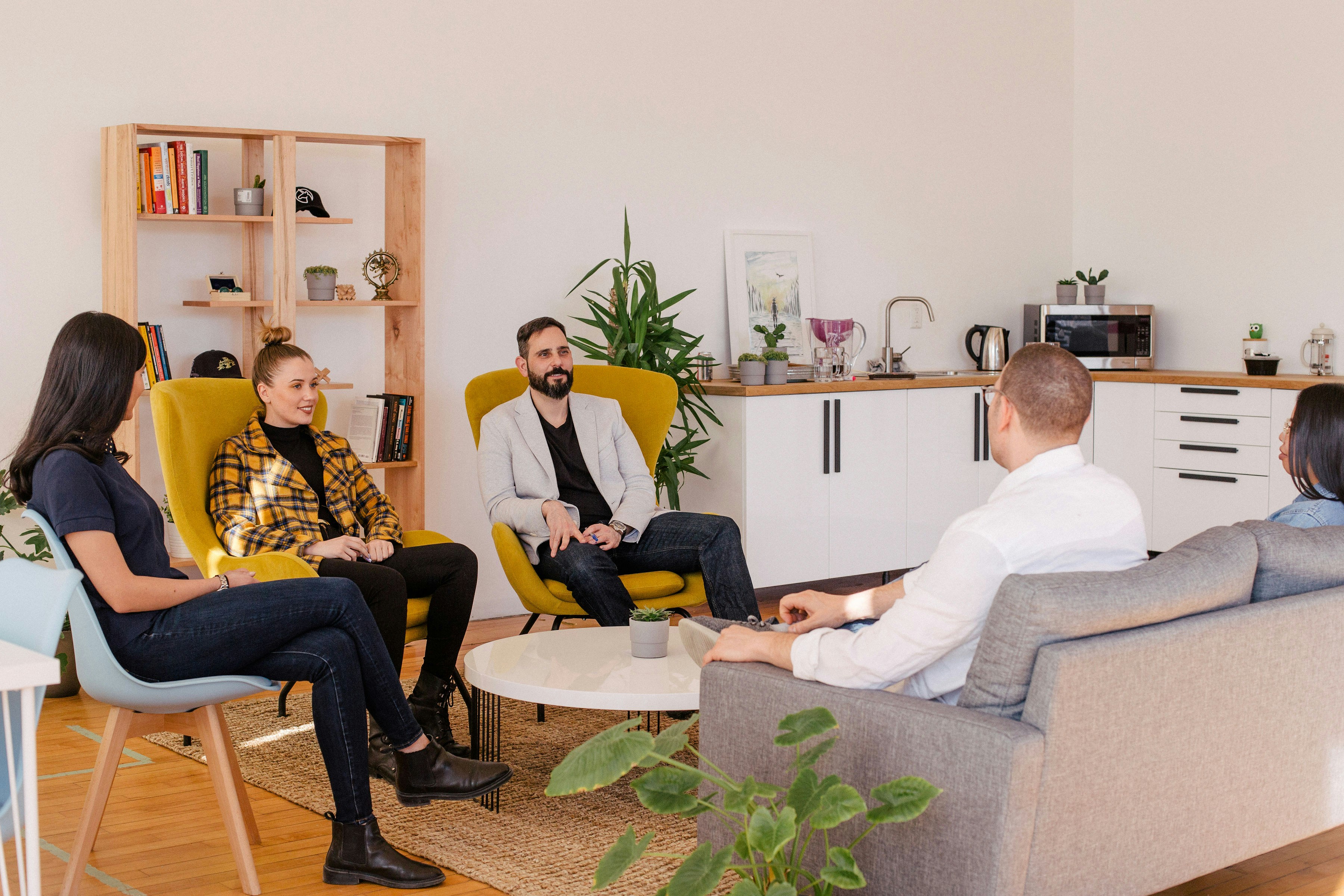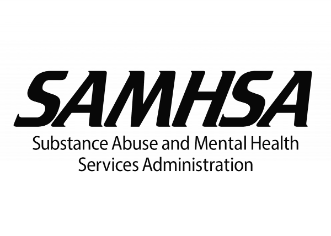





IDMH is proud to work with our partners at the New York State Department of Health to provide content to health and hospital workers across the state. This includes the publication of The Frontline Review, a monthly newsletter that is emailed to hundreds of healthcare workers, mental health professionals, and emergency responders statewide. IDMH also provides annual training for the Department of Health, as well as hosting an annual webinar on a chosen topic.
The New York State Division of Homeland Security and Emergency Services (DHSES) is a longtime partner of IDMH. Most recently, DHSES commissioned the New York State First Responder Mental Health Needs Assessment, which was conducted by the Benjamin Center and the Institute for Disaster Mental Health at SUNY New Paltz. Additionally, IDMH has been instrumental in assisting DHSES in addressing first responder mental health needs through the development of a peer support team for first responders across New York state. In previous years, DHSES has also been a major sponsor of the Annual IDMH Conference.
IDMH has worked with the New York State Office of Victim Services since 2018 in various aspects. Most notably, was the hosting of the OVS Training Academies. These day-long mini-conferences brought content experts from around the country to different parts of the state to deliver best practices content to victim services workers and supervisors for multiple years. Covering topics ranging from the specific needs of migrants, to how to best support LGBTQ+ clients, to vicarious trauma and burnout for those in helping professions, these events brought together victims service specialists from multiple professions to learn, collaborate, and network with one another. Currently, the IDMH Program Manager, Andrew O’Meara, serves on the OVS Advisory Council providing content expertise and working with OVS leadership and other Council member in the field of victim services to best address the needs of victims of violent crimes across the state. IDMH staff are also regular contributors to the OVS Conference, held every two years.
The Substance Abuse and Mental Health Services Administration (SAMHSA) has been partnering with IDMH since 2021 through the Mental Health Awareness Training in Disaster Preparedness and Response for Children in Puerto Rico grant. This work allows IDMH to deliver trainings in Youth Mental Health First Aid, Psychological First Aid, and Skills for Psychological Recovery to parents and caregivers, staff at over a dozen Boys & Girls Club of Puerto Rico locations, and municipal leaders. This purpose of this grant is to increase awareness of signs of distress in youth and techniques for addressing that distress.
The National Museum of American History Bering Center of Smithsonian and IDMH work together to understand museum work through a mental health lens in order to address the risks involved in working with content associated with traumatic events.